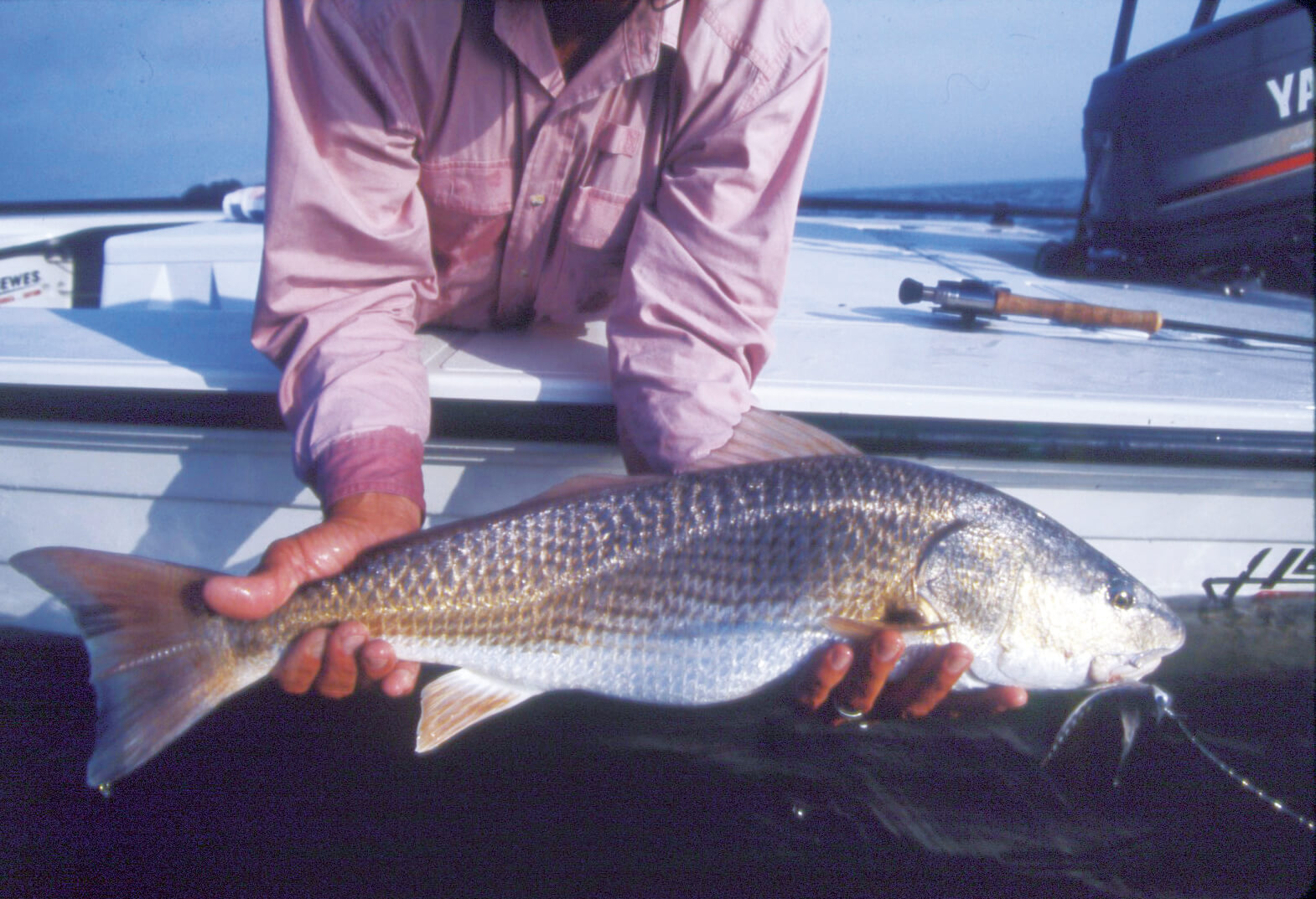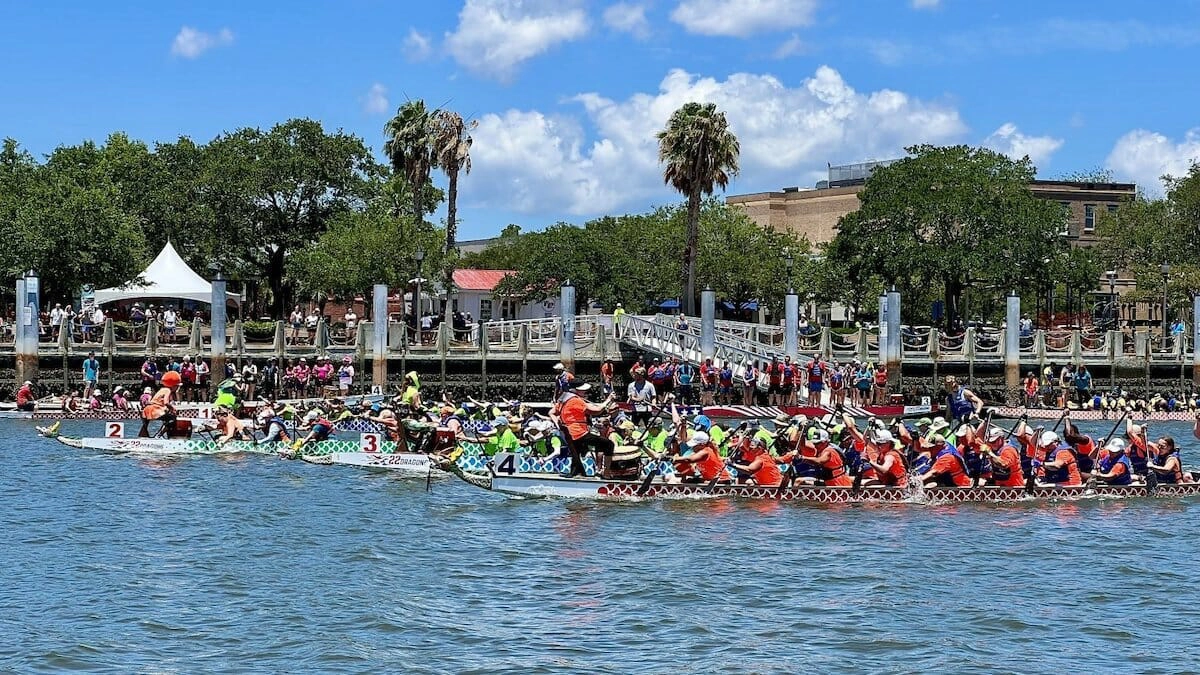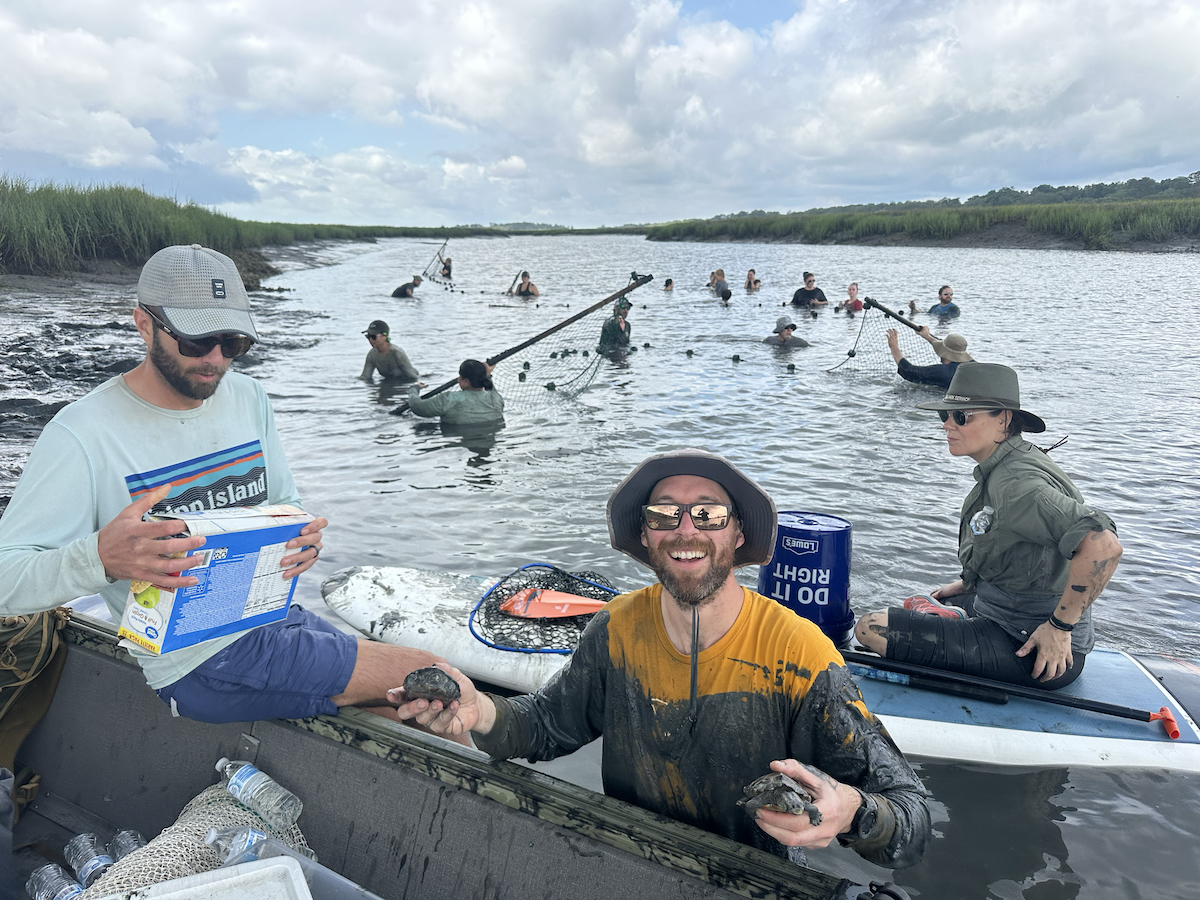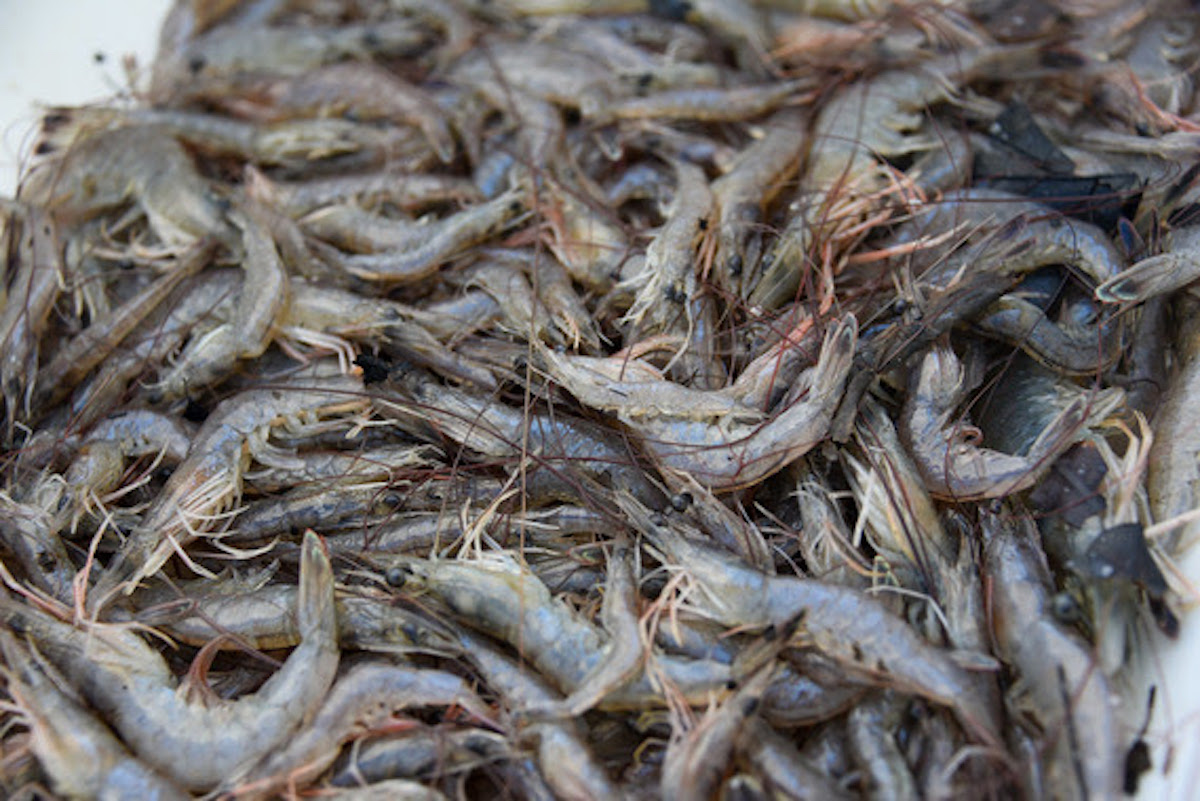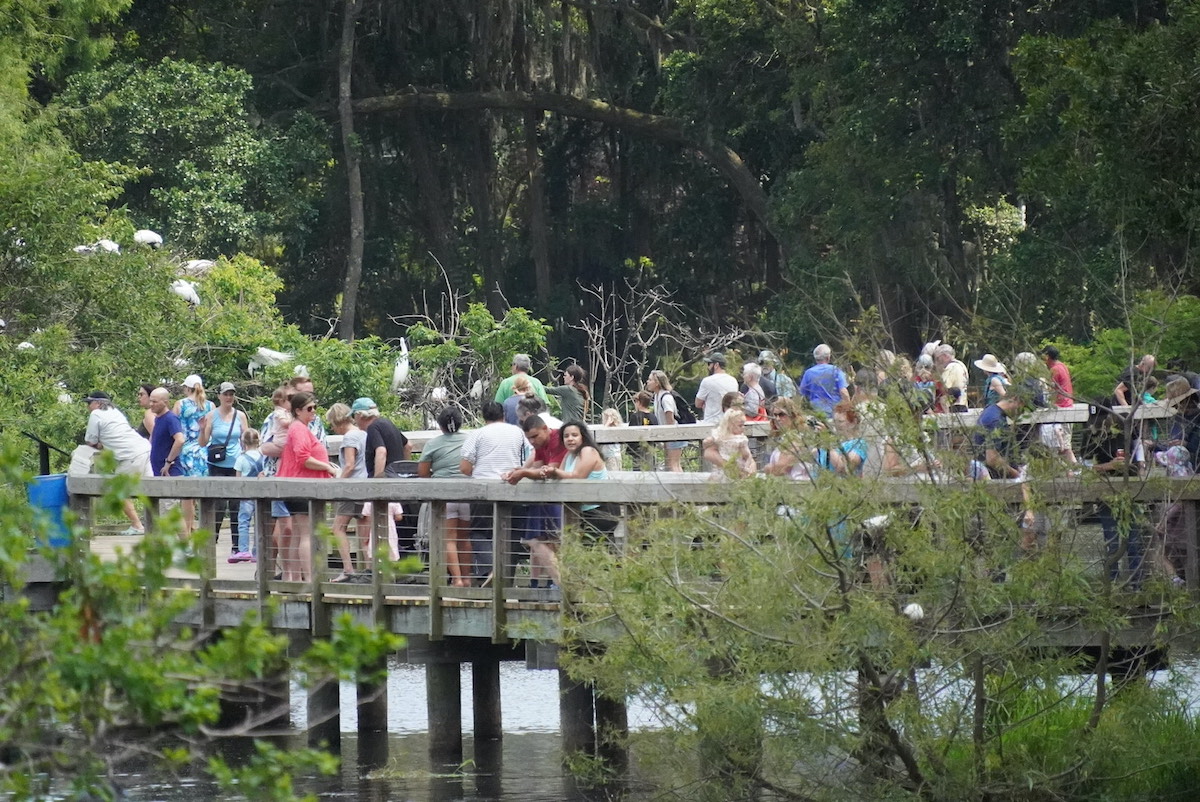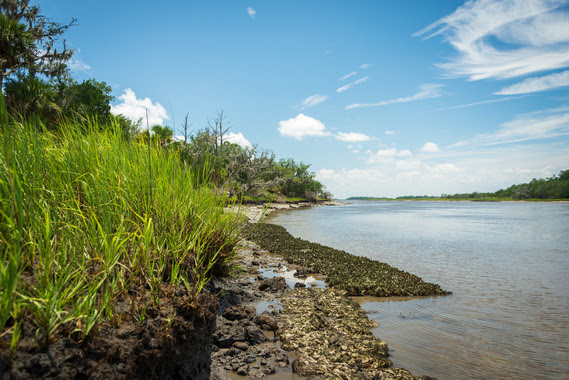I’ve been thinking about this past February. It seems like it was colder and wetter than usual, but what really surprised me was how much wind we had. Now I’m wondering if that portends a more unsettled spring. Maybe I’m more apprehensive than usual because just the regular unsettled weather of March can present enough fly fishing challenges for me.
It seems to create issues for the fish, as well. I grew up in west Texas, where the weather changes like a roller coaster. I learned early that weather, and more importantly fast changing weather affects fish behavior, and most often in a negative way. I guess it makes sense that fish feel barometric pressure changes, waves affect water clarity, and so on with temperature, cloud cover, bright sun and countless other things. For Uncle Homer, the myriad combinations of these phenomena in March provided easy explanations for why we were getting skunked. I was in elementary school when I had my last and most memorable trip with him. After an hour or so he looked at the sky and frowned. That wasn’t common for Uncle Homer.
“It’s beginning to look like things could be a little slow today. See those mare’s tails?”
I guess I replied rather pleadingly “But we caught ’em last time, and you said the barometer was falling like a rock, then!”
“That was last time and those were blue channel catfish. These are crappie. Besides, it’s March. Fishing’s unpredictable in March. March creates adverse conditions.”
Apparently noticing my dejection he quickly added “Adverse doesn’t mean impossible, it just means we might have to try a little harder to find the right spot.” Then he mysteriously studied the wind, waves, sunlight and shadows and I didn’t know what else. It seemed to go on forever. Finally, we moved to another spot. We did that a few times over the next several hours. Then we caught enough crappie to invite several neighbors to a fish fry. Indeed, we caught more crappie that day than any other time of the year.
Here in the Lowcountry there are a lot of ways to approach the sometimes adverse conditions of early spring. My preference was to find an area that had oyster beds and only a small mud flat with a fairly steep ledge that dropped into a channel at least 8 or 10- ft. deep at low ride. This location would be in the lee of a tree line that reduced the breeze to a manageable level for casting a fly line. Being a right handed caster I wanted to be situated so the wind was coming from my left and just a little behind my left shoulder, so I was casting down and across the wind.
With the cloudy water there wasn’t much chance of seeing any fish so I was repeatedly casting, methodically searching all the water I could reach. Down and across the wind is about the easiest way I know to increase one’s reach, or casting distance. The tackle I rigged helped to make repeated casts seem almost effortless, or at least not tiring. I used a high-density, fast sinking line with a short leader and a Wool Head Mullet, which is a large, sinking fly pattern. The Hi-D lines are more aerodynamic than floaters, and thus can pull large fly patterns longer distances more easily. The large fly was more visible in the turbid water.
Usually by the end of the first week or so of March the Lowcountry waters have warmed enough to nudge some of the seatrout and flounder out of their winter lethargy, so with the year-round reds we have three potential inshore species in early spring. They share the same general habitat and a lot of the same prey and sometimes hang out very close together. Near low tide the flounder tend to stay up on the shallow flat and often around the oysters, even when the water’s real muddy. Seatrout prefer the slightly clearer, somewhat faster water along the ledge and reds hang out in both areas. When I found just the right spot I could cast to both.
With shifting winds I often had to move several times. Over the long haul I think it paid off quite well about half the time. When it did, I would sit back after releasing a fish and look at the whitecaps way out in the main channel and remember Uncle Homer.
“Adverse doesn’t mean impossible, it just means we might have to try a little harder to find the right spot.”
Tight lines and I hope you find the right spot when the breeze kicks up a bit,
Dave Murray
Beginning in the 1980’s, Dave helped bring salt water fly fishing to the Lowcountry. He is a retired Orvis endorsed guide and currently teaches Orvis and Bay Street Outfitters’ fly fishing schools and fly casting clinics. He lives in Beaufort with his wife, Terry. He can be reached at davemurray1033@gmail.com
Above: A redfish taken in deep water on a Woolhead Mullet fly


